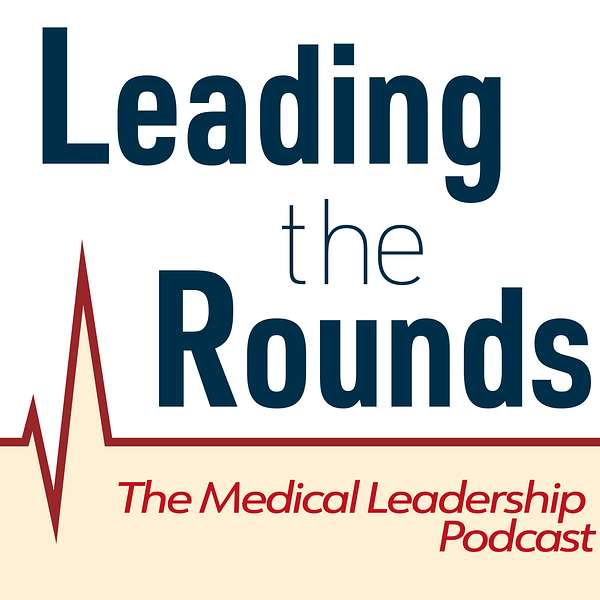
Leading the Rounds
Leading the Rounds
The Leaders Guide to Public Speaking with Matt Abrahams
Intro:
Matt Abrahams is a passionate, collaborative and innovative educator on organizational behavior, communication, and speaking at The Stanford University School of Business. Specifically, he teaches Effective Virtual Communication and Essentials of Strategic Communication. Matt is also Co-Founder and Principal at Bold Echo Communications Solutions, a presentation and communication skills company based in Silicon Valley that helps people improve their presentation skills. Matt published the third edition of his book Speaking Up Without Freaking Out, a book written to help the millions of people who wish to present in a more confident and compelling way. He also hosts the Stanford Graduate School Business Podcast called Think Fast Talk Smart. And, he curates the NoFreakingSpeaking.com website.
We hope you enjoy this episode with Matt Abrahams where we discuss why public speaking is so difficult, effective tools for communication and how to present better both in real life and virtually.
Questions We Asked:
•How can we manage our anxiety when speaking?
•Do you still have anxiety with speaking?
•How can we obtain a flow state during speech?
•How can you feel confident when speaking to experts in a given field?
•What are things people can do to become more spontaneous with their speech?
•How can we use strategic pauses and tone to engage an audience?
•How can you train out using filler words?
•How can we use speaking structure to improve our communication?
•What are some tips to improve communication over zoom?
•Book suggestions for improving speaking skills?
Quotes and Ideas:
•Ways to address speaking anxiety in the moment: Control symptoms [take a deep belly breath (double the exhale to the inhale), hold something cold in your hands] and sources [control anxiety by becoming present oriented (exercise, music, count backwards by a number)]
•Matt’s way to hack his anxiety: take a deep belly breath, remind himself that he has valuable things to say, and say tongue twisters
•“Dare to Be Dull”
•Improving spontaneous speech: practice in low stakes environments, pay attention to what others do with their conversation to build tools in your toolkit, associate practice with prior habits
•To get rid of filler words: end every sentence when you’re completely out of breath. You can practice with your calendar every day.
•Interesting research: With young kids, filler words (like, um) signal that something important is coming. With adults this changes and it now becomes distracting.
•The way to get good at speaking: Repetition, reflection, and feedback
•“Whenever you are communicating, you are a tour guide for your audience. The number one place that communicators lose their audience is when they move from one place to the next. In the transitions.”
•Speaking structure ideas:
oWhat-> so what?-> now what?
oProblem-> solution-> benefit
•Tips for zoom communication:
oTips for presence: improve posture on screen (big, balanced, and still), look directly at the camera, vary your voice
oImprove engagement: stimulate multiple modalities (use polls, videos, questions, calling on people) and use linguistic engagement (use the word “you”) with analogies
oBest way to practice: record yourself
•“Attention is the most precious commodity we have in the world today.”
Book Suggestions:
•Speaking Up Without Freaking Out by Matt Abrahams
•Made to Stick by Dan and Chip Heath